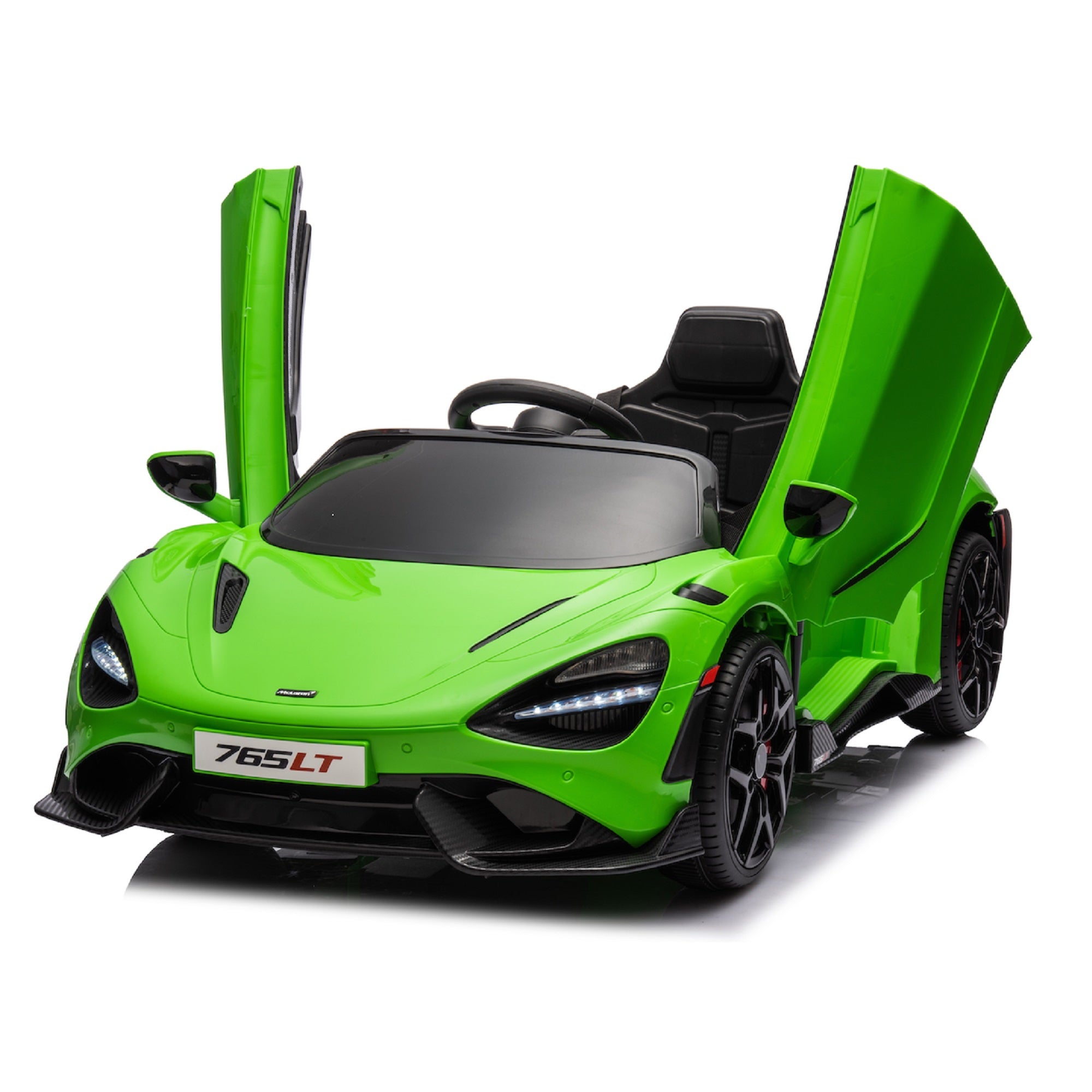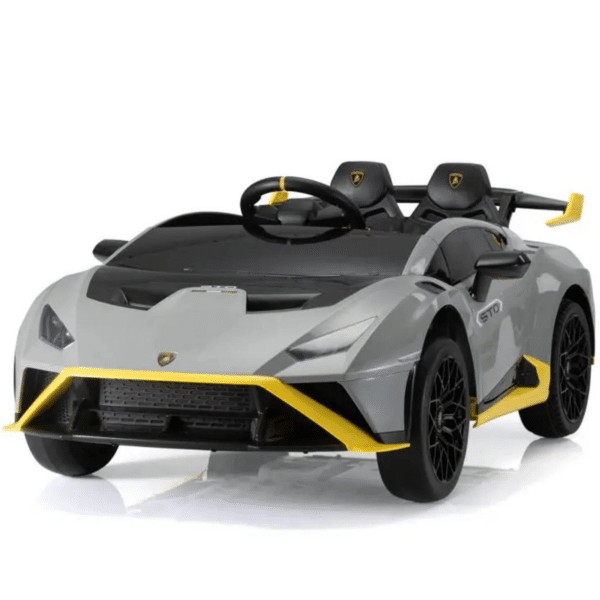Handy Ideas On Deciding On Kids Ride On Cars
Handy Ideas On Deciding On Kids Ride On Cars
Blog Article
What Security Features Of A Ride-On Vehicle Should I Take Into Consideration? What Are The Advantages And Cons?
It is important that you take into consideration safety features when choosing a car ride for your children. These will help to keep them safe and happy when they play. Seat Belts are one of the most essential security features to take into consideration.
Pros The benefits of seat belts include an excellent way to keep your child secure in the car they ride in. They can reduce the risk of your child falling out during play or being expelled. The seat belts add an additional layer of protection for your child, particularly in the event of abrupt stops or abrupt turns.
Pros - Some ride-ons vehicles, especially those designed for young toddlers don't have seat belts. Kids may be able to find seat belts restrict or uncomfortable and may decide to avoid or refuse to use them.
Sturdy Construction -
Pros- A robust ride-on car that is made from high-quality materials and durable components is more resistant to abrasion. It provides long-term security. It's sturdy and durable enough to endure the rigors of playing.
Cons - Sturdy design usually is priced higher at the point, making it less affordable for some families. Additionally, the more heavy materials can affect the ability to maneuver and transferability of the ride on car.
The Low Center of Gravity
Ride-on vehicles with an extremely low center of gravity tend to be less likely to tip over, which could lower the risk of injuries and accidents. They offer better balance and stability, particularly when turning or performing maneuvers.
Pros - Some ride-on vehicles that have a low center of gravity could result in reduced ground clearance or off-road capabilities which limits their use in certain environments.
Remote control for parents -
Pros: Remote controlled cars provide parents with the ability to supervise and monitor their children's activities, giving an extra layer of control and security. Parents can help prevent collisions, aid in an emergency situation, or navigate difficult terrain.
Cons - Remote control by parents can restrict the independence and autonomy of children as they are dependent on parental assistance and direction when playing. Additionally, remote-controlled models may cost more than ride-on vehicles that are manual.
Speed Limiters
Pros- Ride-ons with speed limiters and adjustable speed settings let parents set the maximum possible speed for their car. This can reduce the risk of an accident or collision. They can gradually increase speed as the child gains confidence and skills.
Cons - Some children may get out of the lower speeds quickly, leading to anger or dissatisfaction from the ride-on car. In addition, speed limiters may not be accessible in all models or need additional features or additional accessories.
Safe Start Technology -
Safe start technology reduces the possibility of lurches or sudden jerks which could startle or destabilize a child. It offers a more comfortable and safer riding experience.
Cons - Some ride-on cars with safe-start technology are more expensive than cars without it. Children may also discover that the slow acceleration and deceleration is less engaging and exciting as sudden stops and starts.
Visibility Enhancements
Pros - Ride-on cars equipped with enhancements to visibility, such as functioning taillights, headlights or reflective materials increase visibility, particularly in dim conditions or dimly lit areas. They increase safety since they can make the car noticeable to pedestrians and vehicles.
Cons - The increased visibility could cause the battery to drain more quickly, or increase the complexity of the design. This can increase the chance of problems or maintenance.
By considering these safety features and considering their advantages and disadvantages, you can pick the ride-on vehicle that is focused on your child's safety, while also providing the most enjoyable and enjoyable playing experience. Follow the top rated McLaren kids car for website tips including toy cars toy car, toy with car, digger ride, car electric ride on, toy with car, childs ride on car, 2 seater electric cars, electric rideons, race car toy car, toy cars toy car and more. . 
What Are The Assembly And Maintenance Requirements For Kids' Ride-On Cars?
For optimal efficiency, safety, and longevity, kid's rides-on cars require some assembly. These are the assembly requirements and routine maintenance requirements for child's ride on vehicles.
Most ride-on cars arrive in an unassembled state and require assembling upon the arrival. Attaching the steering wheel, wheels, seats and other accessories to the ride-on car in accordance with the specifications of the manufacturer is the most popular method.
Be sure to follow the assembly instructions carefully and make sure that every piece is securely connected. In accordance with the directions to complete the assembly, use the tools and hardware provided.
Cleaning -
To ensure that the car you ride in to look its best and work efficiently, regular maintenance is necessary. Clean the exterior surfaces using an abrasive cloth or sponge dipped in mild soapy water. This removes dirt, dust and debris.
Be particularly attentive to places that can be prone to buildup, such as tires, undercarriage, and wheels. To clean the grime and dirt that is difficult to remove brush or brush to access areas that are hard to reach.
The use of harsh chemicals, abrasive cleaning agents or high pressure water sprays could damage electronic or paint components of the ride-on vehicles.
Battery Care
If the ride-on vehicle is powered by a rechargeable battery proper battery care is essential for maintaining performance and extending the life of the battery. Battery care is easy if you follow these guidelines.
Charge your battery completely before and after each usage to ensure you get the most out of it.
Beware of charging batteries too much or allowing them to be connected to chargers for prolonged periods. This can cause damage to batteries and reduce the lifespan.
If not in use when not in use, store the ride on car and battery away from direct sunshine or extreme temperatures.
Check the battery terminals periodically for damage or corrosion. Clean them as necessary using an electric wirebrush or terminal cleaner.
Replace the battery in the event that it is no longer holding an charge or is showing signs of damage or deterioration.
Tire Maintenance -
Inspect the tires frequently to check for signs like wear, damage or the loss of pressure. Use a bicycle compressor or air pump to fill the tires to the recommended pressure.
Check for foreign and debris objects in the tread pattern, which could cause punctures. Replace or repair damaged tires, if needed. Clear obstructions.
Lubricate your wheel bearings and axles to ensure smooth movement.
Occasional Replacements or Repairs
Even with regular maintenance, cars that ride on might require periodic repairs or part replacements because of wear and tear or damage caused by accident.
Be aware of indicators of malfunction and degradation such as unusual noises, loss of power, or erratic behaviors. It is possible to consult the manual for users or contact support at customer service to assist in troubleshooting and repair.
Replace worn-out or damaged components promptly to prevent further damage and to ensure the safety and performance of the ride-on car.
Follow these assembly guidelines as well as maintenance guidelines will make sure your child has hours of fun, safe playtime. View the most popular read more for McLaren kids car for site examples including a toy car, ride ons, toy ride, two seater childrens electric cars, toy cars, childs car toy, toy toy cars, ride a toy, race car toy, toy the car and more. . 
How Do I Figure Out The Budget For My Child's Ride-On Vehicle?
In order to set an appropriate budget for your child's ride-on vehicle, it is crucial to take into consideration a variety of factors. This includes features, durability, lifespan, and financial circumstances. How to set an amount for your ride-on car and ensure you get the most value for your money Find the average price
Start by comparing the prices of the various models. Online retailers, toy stores and manufacturers' websites may provide pricing information for different types of models.
Select Must-Have Features -
Choose the features your child will need to ensure their safety and enjoy. Price may be affected by features, for example an active headlight, real sound remote control for parents, and seat belts.
Prioritize features according to your child's interests and financial budget.
Consider Durability and Longevity.
You should look for ride-ons vehicles that are constructed from robust materials. This means high-quality metals and plastics. They need to be built to withstand outdoor elements as well as the everyday use.
It is also possible to inquire from other parents what they think as well as read the reviews to evaluate the durability of a model. It might be worthwhile investing in a better-quality vehicle upfront to prevent costly repairs or replacements.
Compare prices from different stores
Comparing prices between retailers will aid you in finding the best bargains. Compare prices and special offers from department stores, online retailers and specialty stores.
Be on the lookout for discounts, sales or clearance sales that can help you save money while not compromising on quality.
Add in additional costs -
It is also important to think about any other expenses that could be incurred by purchasing a child's ride-on automobile. These could include transportation, taxes or other accessories, like spare batteries or safety equipment.
Estimate the total cost of ownership including accessories and maintenance to ensure you can pay for them.
Make a budget that is realistic -
After looking into your options and assessing your financial situation, create a budget that reflects your preferences and prioritizes. Consider the quality of features, durability, and durability when determining the best amount you're willing to pay for your ride-on car.
Do not spend too much money on toys for your child or other things that aren't necessary.
Consider Value Over the Long term -
Evaluate the long-term value of the car that your child rides on in terms of its durability as well as its versatility and capacity to evolve with your child. A high-quality model with many features could prove more valuable in the long run than a less expensive, less durable alternative.
When buying a kid's ride-on vehicle, set the price and look at features, durability and length of time. This will allow you to discover the most value for your price. The most important features should be prioritized to ensure your child's happiness and safety, while staying within your budget. Have a look at the best McLaren kids car for site advice including childrens ride on, ride of car, kidscars, ride electric car, childs car toy, pedal car, electric two seater cars, car on ride, toy car toy car, pedal car and more. .